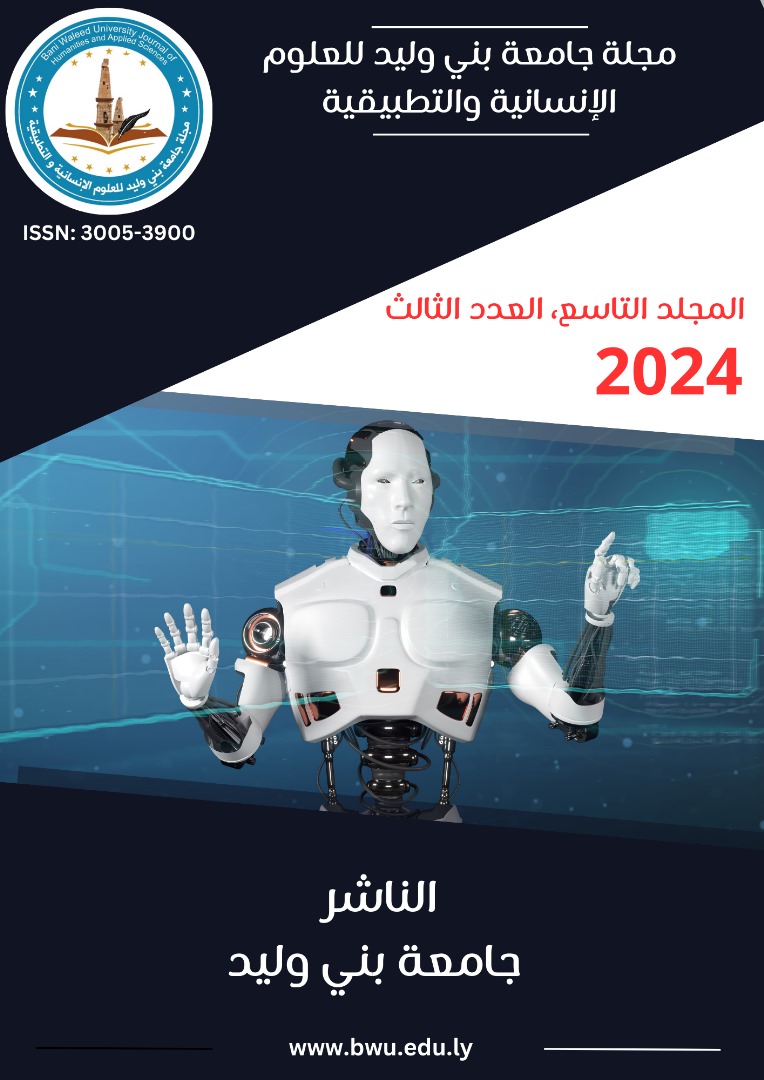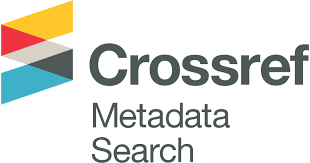Using Interactive Whiteboard to Enhance Learning Process for Dyslexic Children
DOI:
https://doi.org/10.58916/jhas.vi.416Keywords:
Dyslexic, Whiteboard, Assisting Disabilities, Interactive Whiteboard, Dyslexic ChildrenAbstract
Dyslexia is a distinct learning disability that is distinguished by difficulties in decoding and reading fluency, spelling as well as other cognitive skills. This research is conducted to assist learning disability by improving the skills required for children with learning disability in reading and spelling using the assistive technology AVA interactive whiteboard. The approach is by strengthening the micro skills required to improve the fundamental skills such as reading, and spelling thus facilitating the learning process. Tactile and visual modalities are the main focus in the use of the interactive whiteboard. This study aims to develop an interactive whiteboard learning prototype for students with dyslexia. A total of six children from 3 demographics (Chinese, Malay, and Indian) participated in the study. Activities improving the four micro skills were introduced in normal whiteboard and the children were exposed to the prototype AVA interactive whiteboard. Responses using Interactive whiteboard were different when compared to their performance with the normal whiteboard. The analyzed results indicated showed improvements in three of the micro skills using IWB.
Downloads
References
British Dyslexia Association. What is Dyslexia, 2006?
www.bdadyslexia.org.uk/whatisdyslexia.html. Accessed 05/12/06.
Mohamad M, Abdullah S. Tactile letters as an assistive technology in teaching alphabet for dyslexic children. The International Scientific Conference eLearning and Software for Education; Bucharest, Vol. 1, (2017). DOI:10.12753/2066-026X-17-025
Learning Success. (2017). https://www.learningsuccessblog.com/analysis/reading
McCoy K. F., Arnott, J. L., Ferres L, Fried-Oken M., & Roark B., 2013. Speech and Language Processing as Assistive Technologies. Computer Speech and Language, 27(2013), pp. 1143-1146.
Beeland, W. D. (n.d.). Student Engagement, Visual Learning, and Technology: Can Interactive Whiteboards Help? Retrieved from
http://citeseerx.ist.psu.edu/viewdoc/download?doi=10.1.1.135.3542&rep=rep1&type=pdf
Taylor, A. (2016, May 13). Helping children with dyslexia: Improving visual closure. Retrieved from http://www.fundamentallychildren.com/2016/05/13/helping-children-with-dyslexia-improving-visual-closure/
E., EVANS, D., & BLENKHORN, P. (2007). Use of assistive technology by students with dyslexia in post-secondary education. Retrieved March 2007, from
Pandey, S., & Srivastava, S. (n.d.). Tiblo: A tangible learning aid for children with dyslexia. Retrieved 2013, from
http://dl.acm.org/citation.cfm?id=2079247&dl=ACM&coll=DL&CFID=811348727&CFTOKEN=76983383
Fan, M., Antle, A. N., Hoskyn, M., Neustaedter, C., & Cramer, E. S. (2017). Why Tangibility Matters: A Design Case Study of At-Risk Children Learning to Read and Spell. Retrieved May 11, 2017, from
Rello, L., & Yates, R. B. (2013). Good Fonts for Dyslexia. Retrieved from http://dyslexiahelp.umich.edu/sites/default/files/good_fonts_for_dyslexia_study.pdf
White, D. H., & Robertson, L. (2015). Implementing assistive technologies: A study on co-learning in the Canadian elementary school context. Retrieved from http://www.sciencedirect.com/science/article/pii/S0747563214007171
Geiger, G. Poggio, T. (2005). Preventing dyslexia? Early enhanced hand-eye coordination activities reduce reading difficulties.http://jov.arvojournals.org/article.aspx?articleid=2132604
Kid Sense Child Development Corporation,2017 https://childdevelopment.com.au/areas-of-concern/fine-motor-skills/visual-perception/
Braddick, O., Atkinson, J. & Wattam-Bell, J. Normal and anomalous development of visual motion processing: Motion coherence and “dorsal-stream vulnerability. Neuropsychologia. 41, 1769–1784 (2003).
Sigurdardottir, H. %., Danielsdottir, H. B., Gudmundsdottir, M., Hjartarson, K. H., E. A., & Kristjánsson, Á. (2017, April 4). Problems with visual statistical learning in developmental dyslexia
Stein J, Walsh V. To see but not to read; the magnocellular theory of dyslexia. Trends Neurosci 1997;20:147–52.Stein, J., & Walsh, V. (1997). To see but not to read; the magnocellular theory of dyslexia. Retrieved from https://www.sciencedirect.com/science/article/pii/S0166223696010053.
Vidyassagar, T. R., & Pammer, Impaired visual search in dyslexia relates to the role of the magnocellular pathway in attention(1999)
https://www.ncbi.nlm.nih.gov/pubmed/10363940
BDA, 2013. An Overview of Dyslexia, 2013. http://www.bdadyslexia.org.uk/about-dyslexia/adults-and- business/an-overview-of-dyslexia.htm (Accessed date: 22 April, 2013).
T. Ingram, “The dyslexic child”, The Practitioner, Vol 192, pp. 503– 516, 1964.
V. Sekovani, DP. Vukovac, and Z. Podbojec, “Usability Case Study of Adapted E-Learning Course for Dyslexic Students”. Madrid, Spain, the 5th International Conference of Education, Research and Innovation. 2012.
Alsobhi , A. Y., Khan, N., & Rahanu, H. (2014). Toward Linking Dyslexia Types and Symptoms to The Available Assistive Technologies. Retrieved from http://ieeexplore.ieee.org/abstract/document/6901550/
Kid Sense Child Development Corporation,2017 https://childdevelopment.com.au/areas-of-concern/fine-motor-skills/visual-perception/
William, J., Euler, C., Christensen, S., & Shlomchik, M. J. (2002). Evolution of autoantibody responses via somatic hypermutation outside of germinal centers. Science, 297(5589), 2066-2070.















